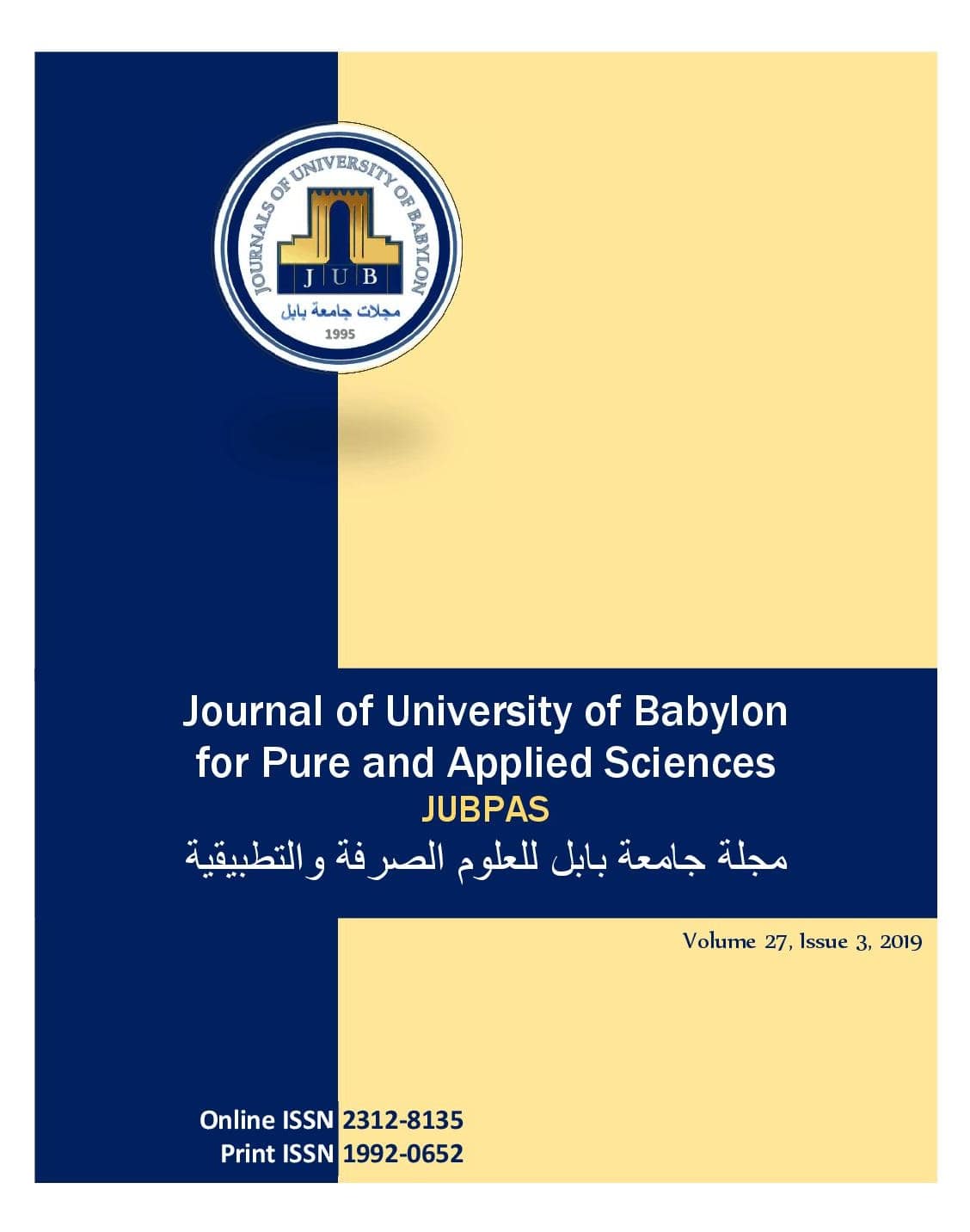Evaluation of Post-Operative Complications of Subcondylar Fractures Treated with Conservative Method
Main Article Content
Abstract
The aim: The aim of this prospective study is to evaluate the scope of conservative method effectiveness in the treatment of sub-condylar fracture of the mandible through the assessment the possible complications.
Materials and method: 20 patients with unilateral sub-condylar fracture were treated with conservative method by arch bar and stainless steel wires, and then evaluate the possible post-operative complications, the follow up examinations, including clinical, radiographic measurements, and subjective parameter like pain by visual analogue scale (VAS) for period of (4) months, including (6) visits .
Results: Post-operatively, regarding deviation, radiographically, in (70%) of the patients, the deviation is not significant (<3%) [i.e. the deviation not clear clinically, although it indeed radiographically exist],in (15%) of the patients is significant (>3%) [clinically mild deviation],and the others (15%)of the patients are symmetrical (0%). The visual analogue scale (VAS) of pain shows significant mean difference related to sex (p=0.031), the pain is higher in female, however, it decreases in both sexes with the time. There is a significant indirect strong correlation (p=0.001) between pain and mouth opening limitation. Lastly, the limitation of mouth opening is not significant to sex ,age, deviation, or the cause of fracture.
Conclusion: The adjustment of occlusion during IMF for patient with subcondylar fracture treated with closed reduction, play an important role in minimizing the possible post-operative facial asymmetry. Most patients with subcondylar fracture, especially those with mild or moderate displacement (less than 45 degrees) can be successfully treated with closed reduction with minimal post-operative complications.
